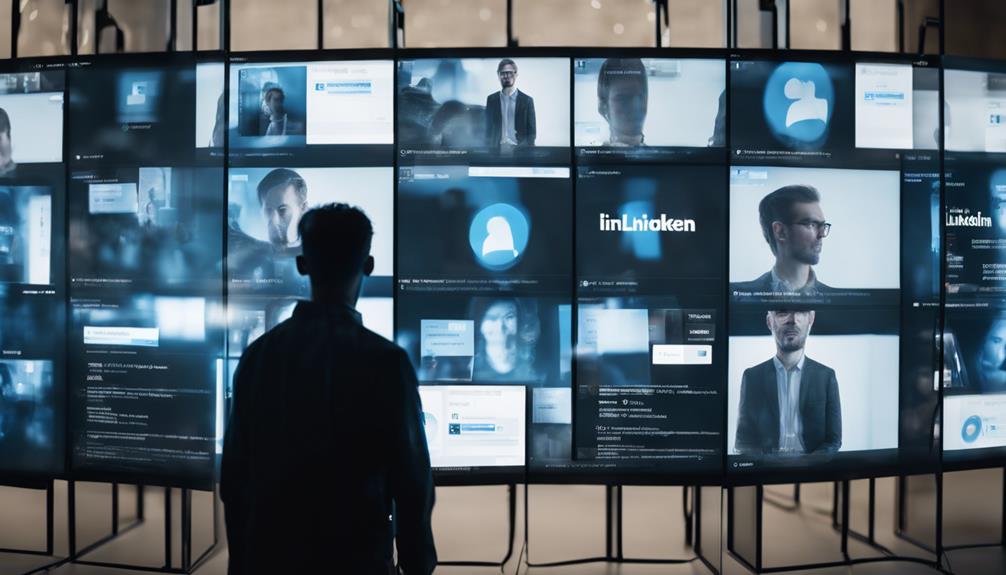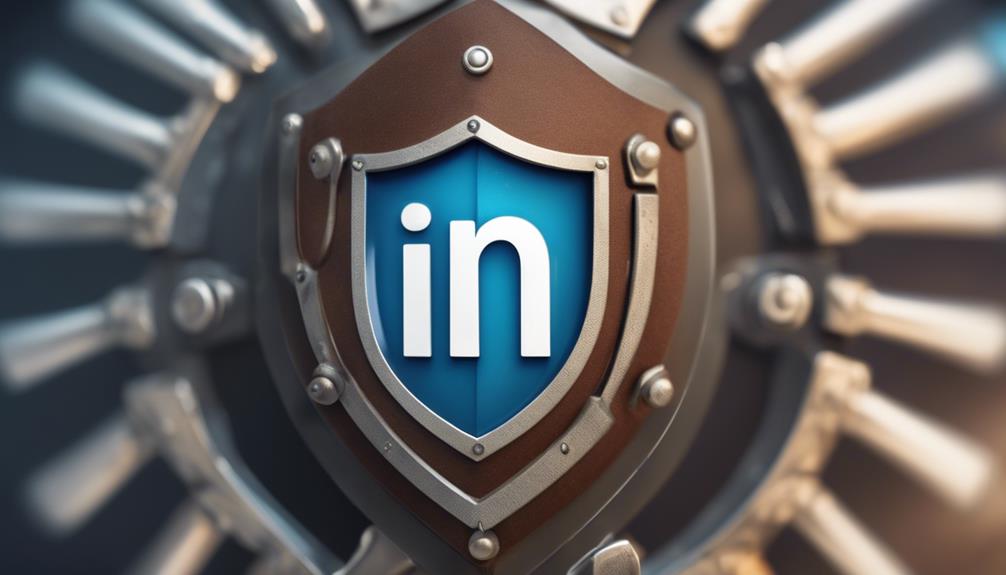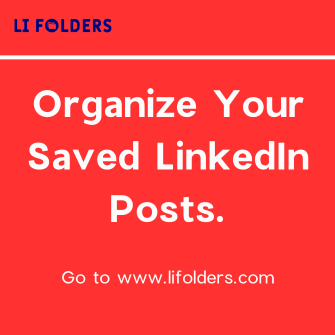
You maintain full control over who can view your LinkedIn messages, as they are protected by privacy settings and laws like the Federal Electronic Communications Privacy Act (ECPA), ensuring that only you and the recipient have access to them.
This protection holds true even for LinkedIn Premium accounts, where employers cannot access your messages without your login credentials.
By adjusting your privacy settings, you can limit who sees your profile updates and connections, allowing you to keep your job search confidential.
Explore further to understand how to balance visibility and privacy on LinkedIn.
Can My Boss See My Messages?

When it comes to your messages on LinkedIn, your boss generally can't access or monitor them, as they're considered private and protected by various laws. This provides an added layer of security and an expectation of privacy that you can rely on. The legal right to access these messages is limited unless they've your login credentials, ensuring your LinkedIn communications remain confidential.
In the United States, the Federal Electronic Communications Privacy Act (ECPA) safeguards your private conversations on platforms like LinkedIn. This legislation restricts employer access to private messages, providing a clear boundary for personal online interactions. Similarly, in other regions, employers don't have unrestrained access to your messages even if they provide you with a LinkedIn premium account for work purposes.
In essence, the privacy settings on LinkedIn ensure that your messages sent through the platform are only visible to the recipient, ensuring a sense of trust and confidence when engaging with others on this social media platform.
LinkedIn's Position on Private Messages
LinkedIn prioritizes user privacy by ensuring that all private messages can only be accessed by the sender and the intended recipient, keeping them confidential.
Significant regulatory safeguards protect private messaging data, including the General Data Protection Regulation (GDPR) in Europe and the Federal Electronic Communications Privacy Act (ECPA) in the US. These regulations prevent employers from accessing private messages without explicit consent.
European court decisions in 2016 and 2017 have clarified that employers don't have the right to monitor private messages on LinkedIn.
User control over messages is maintained, and they can't be viewed or monitored by anyone, including employers, unless messages are explicitly shared or reported to LinkedIn for inappropriate conduct.
Adjusting notification settings and only communicating sensitive information through secure channels ensures the privacy of discussions on LinkedIn, keeping them both private and professional.
Managing Visibility and Privacy

You can strategically control your visibility on LinkedIn by selectively opting for feed post and group participation visibility, allowing you to keep certain activities private while maintaining a professional presence. This approach is crucial for managing confidentiality in your job search.
Tools like Resume Pilots and other career experts recommend leveraging LinkedIn's privacy settings to protect your privacy without affecting your professional network.
When utilizing LinkedIn's privacy settings, you can take several steps to protect your privacy without affecting your professional network. For instance, you can choose to limit who sees your feed posts and group activity, ensuring that your job search activities remain discreet.
Furthermore, carefully managing who can see your profile updates and connections helps to keep your job search confidential. According to LinkedIn Help, you can also let recruiters know you're open to new opportunities with the #OpenToWork feature, controlling who sees your preference.
Balancing visibility is crucial: you want to be visible to potential employers and colleagues while maintaining confidentiality in your job search. By leveraging LinkedIn's privacy settings, you can maintain control over how much information you share with your network.
It's also essential to keep your online presence in mind, as your LinkedIn profile isn't the only potential gateway to your job search activities.
Privacy of Different Message Types
In the vast landscape of professional communication, understanding the subtleties of LinkedIn messaging is vital, particularly for maintaining privacy in your online interactions. As you navigate the platform, you need to know how your messages will be perceived by others.
LinkedIn categorizes its messages into Direct Messages, InMails, Open Profile Messages, and Sponsored Messages.
Direct Messages are exchanged between your connections on LinkedIn's messaging platform. When you communicate directly with someone you know, you expect those conversations to be private.
InMails, available to users with paid plans, offer additional features for these interactions.
Open Profile Messages can be viewed by anyone, even if they aren't connected to you on LinkedIn.
Sponsored Messages are automated marketing messages sent by real accounts on LinkedIn. Although LinkedIn claims that messages are generally private, it's important to be mindful of the potential privacy implications. By understanding the different types of messages on LinkedIn, you can manage your privacy effectively and avoid unwanted visibility.
Key Concepts
- Direct Messages: These are one-on-one messages between connected users.
- InMails: Offered to paid users, these messages provide additional features for communication.
- Open Profile Messages: These can be viewed by anyone, even if not connected.
- Sponsored Messages: Automated marketing messages sent by real accounts.
- Privacy Settings: Managing settings to control who can reach you and review message types.
- Reporting: The ability to report inappropriate or spam messages.
Means of Managing Privacy
- Disabling Read Recipients: Turning off the indicator that shows a message has been read.
- Reviewing Settings: Regularly reviewing and adjusting your privacy settings to match your preferences.
- Careful Message Content: Being mindful of the sensitivity of the information shared in messages.
- Using Secure Channels: Using more secure channels for sensitive or confidential information.
- Blocking Members: Preventing unwanted interactions by blocking members.
Resources
- LinkedIn Help: For managing types of messages received.
- Expandi's Guide: Comprehensive overview of LinkedIn messages and privacy.
- Poked Blog: Insights on message privacy and managing confidentiality.
- SalesRobot Blog: Exploring LinkedIn's messaging features and security measures.
- Understanding LinkedIn Messaging: A detailed guide to message types and their implications[…]
Ensuring Employer Compliance

Ensuring Employer Compliance
Your employer is responsible for ensuring compliance with privacy laws such as the European Union's General Data Protection Regulation (GDPR) and the California Consumer Privacy Act (CCPA) when managing your digital presence on LinkedIn. This means they can't access your personal messages without violating legal requirements, as European court rulings have established clear precedents regarding employer access to private messages on LinkedIn. Employers must respect your privacy and refrain from monitoring personal messages.
LinkedIn's transparency reports provide insight into how the platform responds to government data requests, ensuring that all data handling practices align with legal procedures.
To maintain a professional and private presence on LinkedIn, employers need to understand and respect the boundaries set by privacy laws and regulations, including the California Privacy Rights Act (CPRA) and the Virginia Consumer Data Protection Act (CDPA). As an employee, ensure that your employer adheres to these guidelines, protecting your privacy and maintaining trust within the workplace.
Personal Device Use for Sensitive Conversations
Using personal devices for sensitive conversations on LinkedIn provides you with greater control over your messages and significantly reduces the risk of employer monitoring. This approach empowers you to maintain confidentiality and discretion when discussing sensitive topics, even within a professional online platform.
Employers typically have limited access to your personal devices and contents, which means your conversations are less likely to be monitored or accessed without your consent. By keeping sensitive conversations on personal devices, you ensure that your messages remain private and out of your employer's direct visibility. This control over your communication helps you manage both your personal and professional privacy more effectively.
To further reinforce your privacy, you can adjust your LinkedIn settings to manage who can see your messages and when. By doing so, you're able to maintain a level of confidentiality even when engaging in professional networking activities.
Overwhelmingly, personal devices offer a higher level of privacy and control when it comes to sensitive conversations on LinkedIn, allowing you to navigate the platform with greater confidence and security.
Frequently Asked Questions
Can Your Connections See Your Messages on Linkedin?
So, can your connections see your messages on LinkedIn? No. LinkedIn private messages are strictly between you and the sender.
Even if the recipient shares a connection with someone else, your conversation remains confidential and isn't visible to anyone outside that specific conversation.
LinkedIn safeguards your chats, ensuring your privacy is maintained.
Can Your Boss See Your Messages?
Can your boss see your messages on LinkedIn? Generally, no.
Employers can't monitor your personal messages, including Direct Messages. The Federal Electronic Communications Privacy Act (ECPA) in the US and the General Data Protection Regulation (GDPR) in Europe protect private conversations.
Your boss can't access your messages without your consent. Your personal messages on LinkedIn remain your own, ensuring privacy and confidentiality in your online interactions.
Can Recruiters See Your Messages on Linkedin?
On LinkedIn, recruiters can only see your messages under specific conditions. If you're connected with a recruiter or actively engaged in a conversation with them, they can see the messages you have chosen to share.
This is because your privacy settings determine who can access your messages.
Can Anyone Read Your Linkedin Messages?
Can anyone read your LinkedIn messages? Generally, no. Your direct messages are private and only visible to you, the sender, and the recipient.
Employers can't access these messages unless you're using a company device or network with monitoring software.
Additionally, LinkedIn, a social networking platform, guarantees the confidentiality of private messages, and they can only be seen by the sender and recipient.
Conclusion
So, can your boss see your messages on LinkedIn?
LinkedIn's privacy settings don't explicitly allow direct access to messages. However, if you sync your Outlook contacts, LinkedIn can associate your coworkers with your profile.
Be cautious about posting sensitive information, and use privacy features to control who sees your content, including adjusting settings for who can reach you, the messaging experience, and job seeking preferences.






